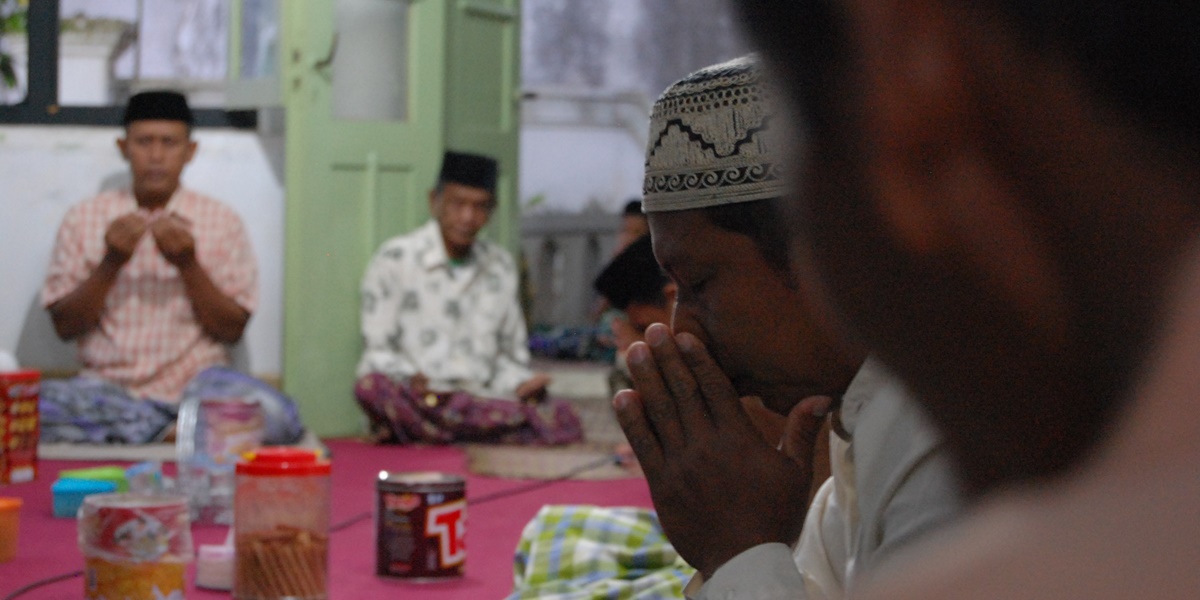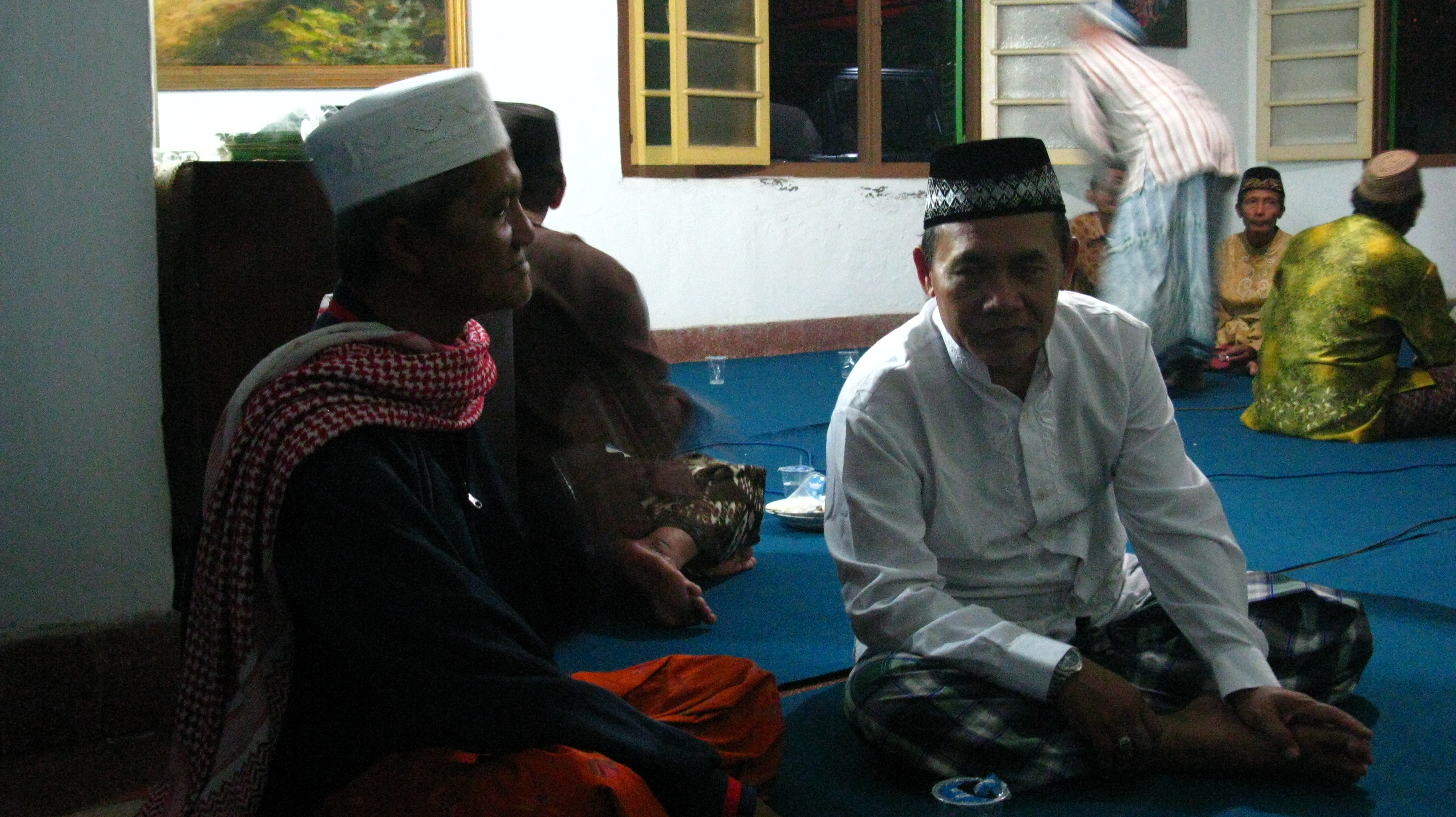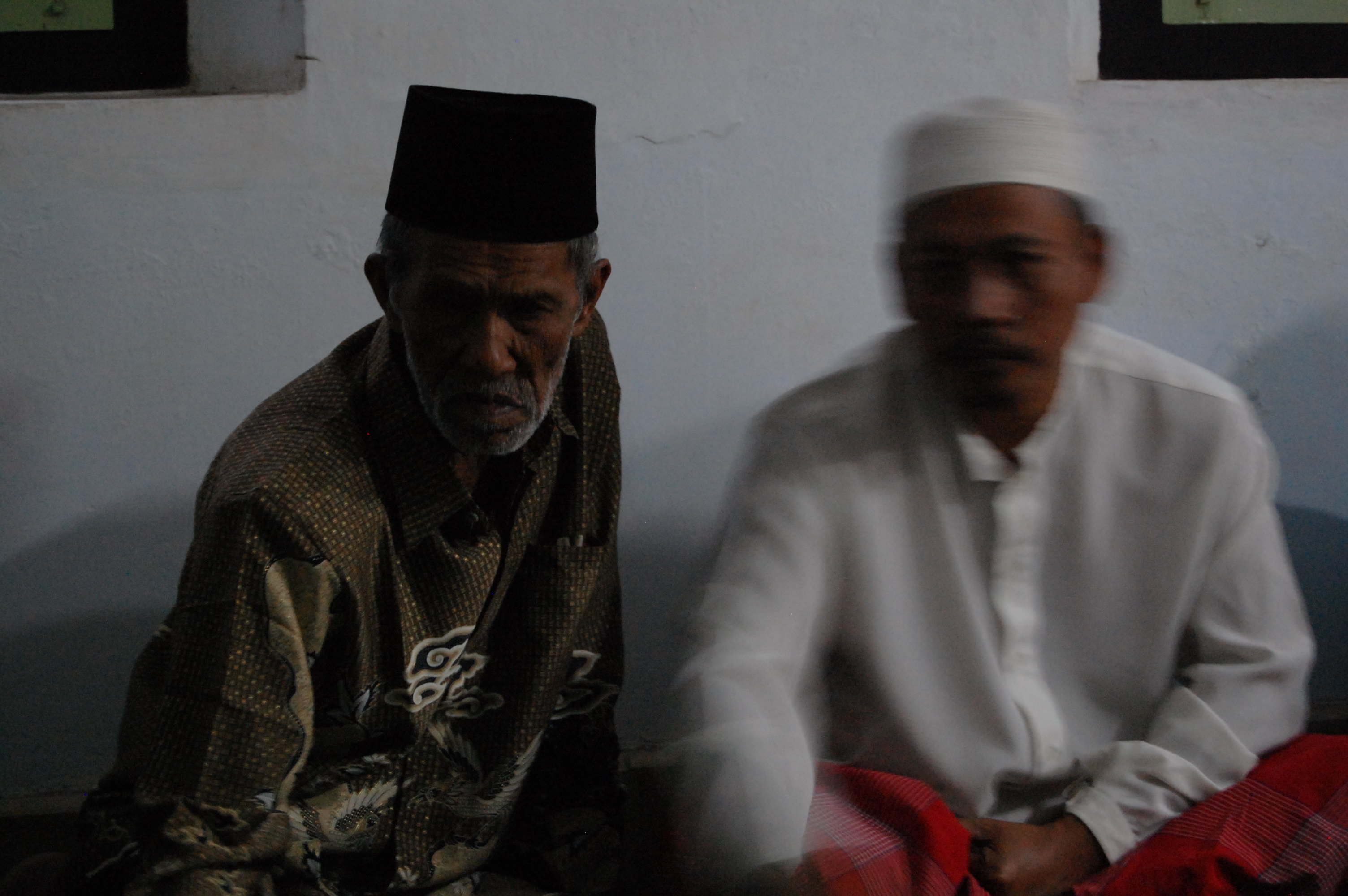5 Recommendations for Japanese Dramas about Simple Life, Warm Stories in Simplicity
So, are you interested in watching Japanese dramas about simple life? If so, just check out the list of recommendations and brief synopses below.

Kapanlagi.com - In Javanese culture, the commemoration of the day of death holds deep meaning and is considered important to carry out. The counting of days of death according to Javanese primbon serves as a guide for the community in performing rituals and prayers for the souls that have passed away. This tradition has been ongoing for centuries and is still preserved by many Javanese families to this day.
Even in this very modern age, there are still communities that carry out every tradition in commemorating the counting of days of death according to Javanese primbon. For Javanese people who still practice this tradition, the commemoration of the day of death can symbolize maintaining a relationship and respect for ancestral spirits.
So, what is the explanation of the counting of days of death according to Javanese primbon along with the traditions that accompany it? To find out, just take a look at the explanation below.

Counting Days of Death: 7 Days (credit: flickr)
The counting of days after death according to Javanese beliefs begins with the commemoration 7 days after death. During this period, it is believed that the spirit is still around the house and family. The family usually holds tahlilan or yasinan for seven consecutive nights, ending with a kenduri or selamatan on the seventh night.
This ritual aims to pray for the deceased's spirit to find peace and ease in its journey to the afterlife. According to belief, during these seven days, the spirit is still confused and needs guidance through prayers. There is also a myth that on the seventh day, the flesh of the corpse begins to separate from the bones, so prayers are needed to ease the process.
The commemoration of 40 days in the counting of death according to Javanese beliefs is considered the time when the spirit begins to leave the world. At the 40-day mark, families usually hold a larger kenduri or selamatan compared to the 7-day commemoration. Tahlilan or yasinan is also performed, followed by the distribution of charity to neighbors and relatives.
The prevailing myth states that on the 40th day, the bones of the corpse begin to decay. The prayers and charity given are believed to assist the spirit in facing this process and ease its journey to the afterlife. There is also a belief that after 40 days, the spirit will rarely visit its home and family.

Commemoration of the First Year of Death (1 Year) (credit: flickr)
The First Year Commemoration or the 1-year death anniversary is an important moment in the counting of days of death according to Javanese beliefs. Families usually hold a larger gathering, inviting more relatives and neighbors. This ritual is often accompanied by a pilgrimage to the grave and the cleaning or maintenance of the grave.
The existing belief states that at this time, the body has turned to dust, except for some parts such as hair and nails. The prayers and alms given are believed to help the spirit find a good place in the afterlife. There is also a myth that at this time, the spirit will return to visit the family for the last time before truly departing to the afterlife.
The Second Year Commemoration or the 2-year death anniversary in the counting of days of death according to Javanese beliefs is usually marked by a simpler ritual compared to the First Year Commemoration. Families still hold a gathering and joint prayers, but on a smaller scale. Pilgrimages to the grave are also still conducted as a form of respect.
The prevailing myth states that at this time, the entire body, including bones, has completely turned to dust. The prayers and alms given are believed to help the spirit in its life in the afterlife. Some families believe that after the Second Year Commemoration, the spirit has fully settled in the afterlife and rarely returns to the world.

Counting the Days of Nyewu Death (1000 Daily) (credit: flickr)
The calculation of the last day of death in Javanese primbon is Nyewu or 1000 days. The commemoration of the 1000th day of death or Nyewu is the last and most important ritual in the calculation of the day of death according to Javanese primbon. The family usually holds a grand feast, inviting many relatives and neighbors. This ritual is often accompanied by major replacements or renovations at the grave, such as changing the tombstone or even construction.
The existing belief states that after 1000 days, the soul is completely released from the world and resides in the afterlife. Prayers and alms given at the time of Nyewu are believed to have great power in helping the soul achieve eternal peace. After Nyewu, the family usually only commemorates on major holidays or when visiting the grave.
That is among the explanations regarding the calculation of the day of death according to Javanese primbon along with the accompanying traditions or rituals. Hopefully, it is beneficial, adds insight, and can answer the curiosity that has been there all along.
(kpl/psp)
Cobain For You Page (FYP) Yang kamu suka ada di sini,
lihat isinya
So, are you interested in watching Japanese dramas about simple life? If so, just check out the list of recommendations and brief synopses below.
Curious about how to avoid misfortune on unlucky days according to Javanese primbon? To find out, just check out the following review.
Are you interested in watching Chinese dramas with introverted characters? If so, just take a look at the list of recommendations and brief synopses below.
Let's take a closer look at how these ISFP traits are reflected in Hyun Bin's acting and professional life. Let's check it out, KLovers!
It turns out that oppa Hwang In Yeop has this type of personality, KLovers! For those of you who are curious about this oppa, let’s take a look at the characteristics of Hwang In Yeop, the owner of the INFP MBTI. Check it out, KLovers!
For those curious about the expressions. Let's check out the explanation of Japanese work language complete with other types of expressions and example sentences. Just check it out, KLovers!
If you want to watch the film COLLIDE, here is the complete synopsis of the film COLLIDE along with the cast list. Let's check it out, KLovers!
With different backgrounds and themes, let's check out the complete synopsis along with the cast list of the dramas featuring Chen Zheyuan. Let's take a look, KLovers!
Here is a list of Japanese films about deep friendship that highlight the values of loyalty, sacrifice, and personal growth through close friendships. Check it out, KLovers!
One of the interesting dreams to analyze is the dream of picking mangoes. Many people are curious and try to find out what the meaning of dreaming about picking mangoes is.
Curious, what signs does dreaming of seeing a rainbow bring? To find out, here are some explanations of the meaning of dreaming of seeing a rainbow.
At the beginning of his emergence, President Jokowi was also known for his simple appearance. Because of these traits and demeanor, many people became curious about Jokowi's personality type according to MBTI.